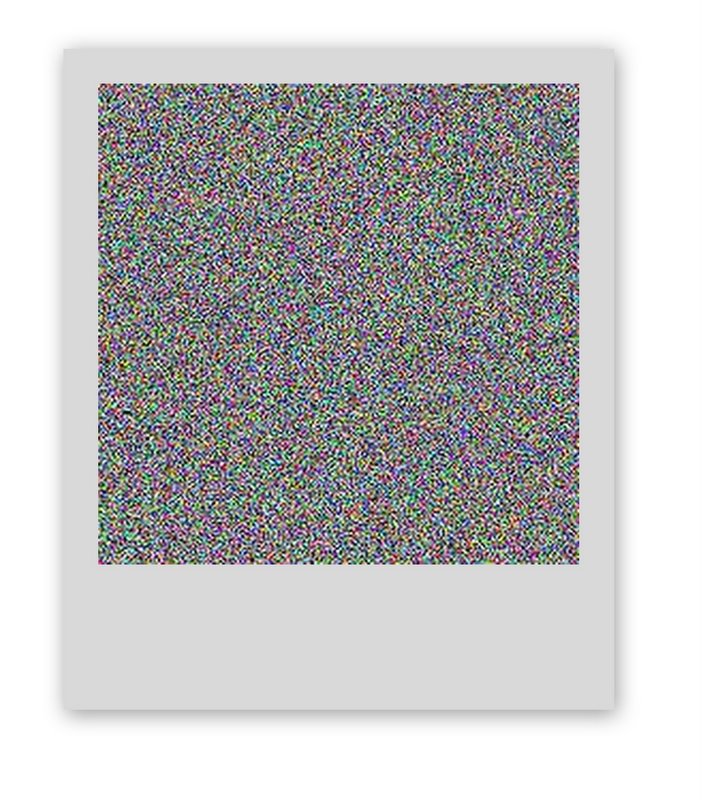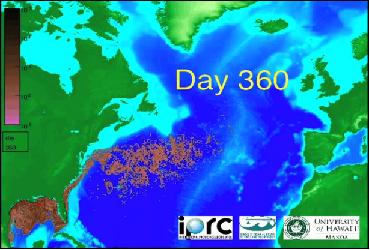 This is a nice article in the NYT about a recently proposed solution to the famously unsolved mathematical question “Does P = NP?”
This is a nice article in the NYT about a recently proposed solution to the famously unsolved mathematical question “Does P = NP?”
http://www.nytimes.com/2010/08/17/science/17proof.html
Essentially this question is about how long it takes to solve certain kinds of problems: if a proposed solution to a problem can be checked in some reasonable amount of time, does that mean we can always solve the problem in a reasonable amount of time? [Warning: the definition of reasonable here may seem unreasonable.]
For example, it doesn’t require many operations to determine whether or not 7411 divides 748511; even by hand, you can work it out in a few steps. It requires significantly more operations, however, to find the prime factors of, say, 837751. Essentially, P v NP asks “are problems that can be checked by computers (maybe lots and lots of computers working in parallel) necessarily solvable by computers?” It is still an open question.
Another fascinating aspect of this particular open question is the role that the internet has played in bringing great mathematical minds together. Proposed solutions can be instantly accessed and vetted by those capable of evaluating the arguments. Such a community can work quickly and efficiently, not just to ascertain a proof’s validity, but to improve and refine it together.
 This is an absolutely mind-blowing idea: robotic “paper” that can fold itself into an arbitrary three dimensional object. Be sure to watch the short video accompanying the article.
This is an absolutely mind-blowing idea: robotic “paper” that can fold itself into an arbitrary three dimensional object. Be sure to watch the short video accompanying the article.




